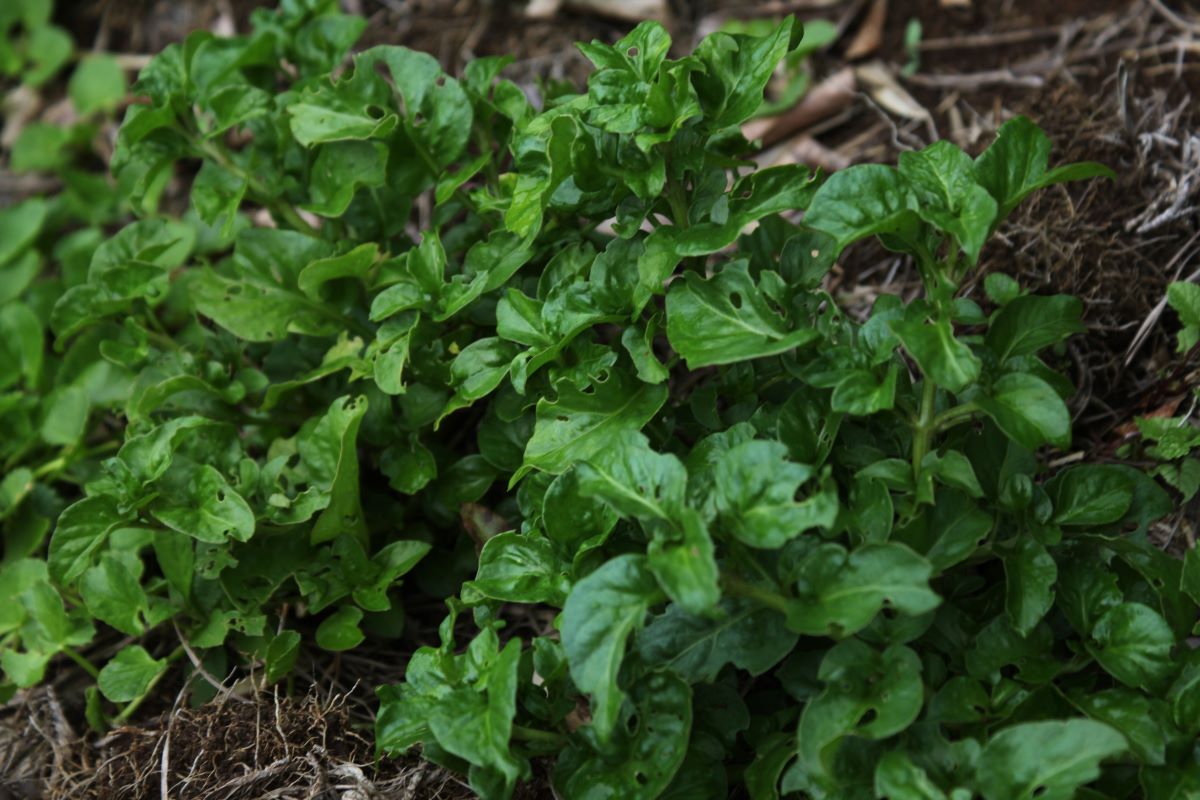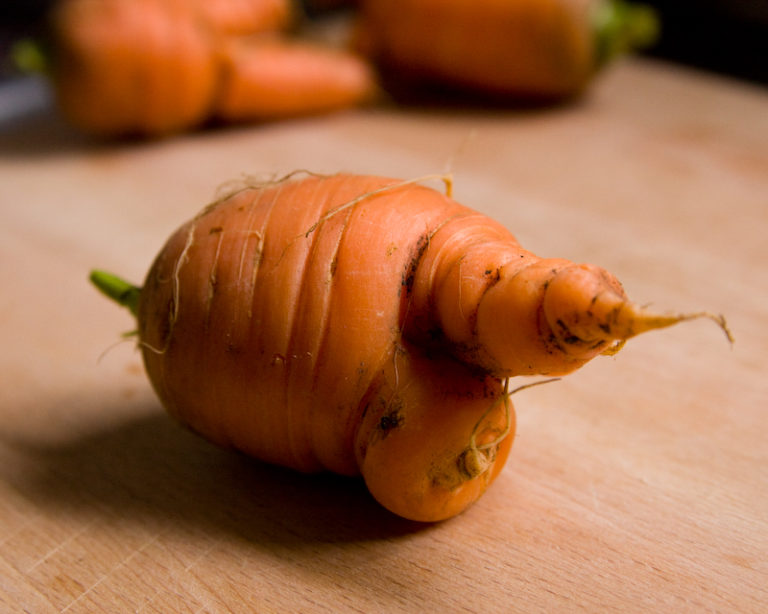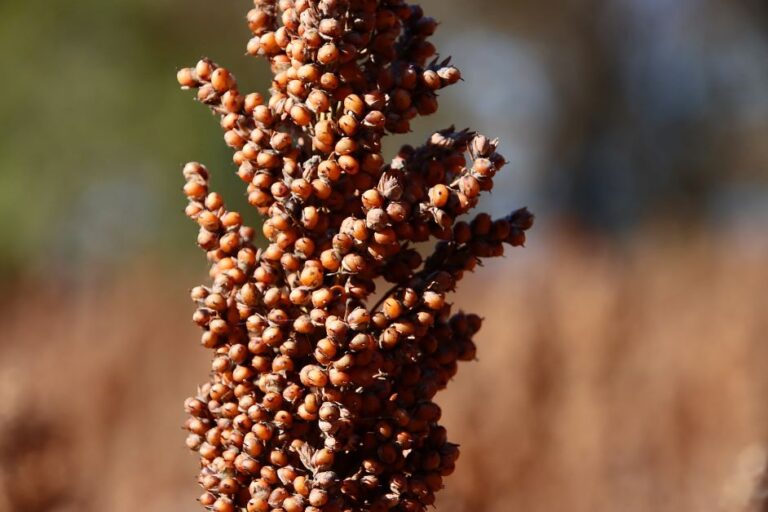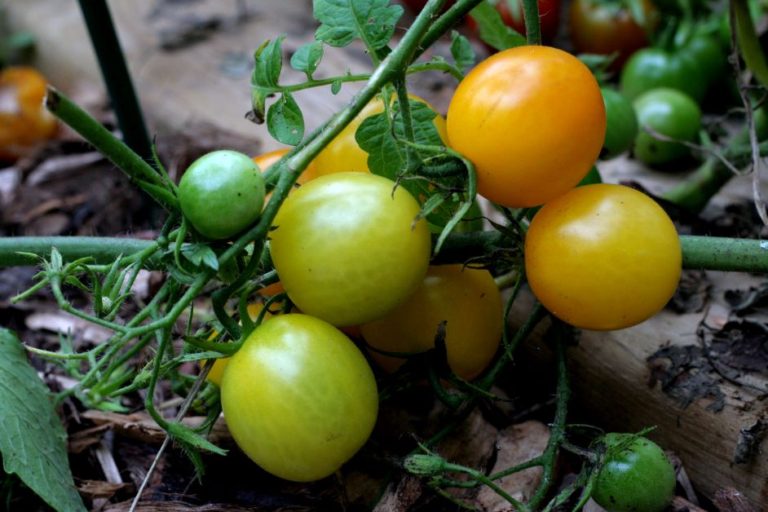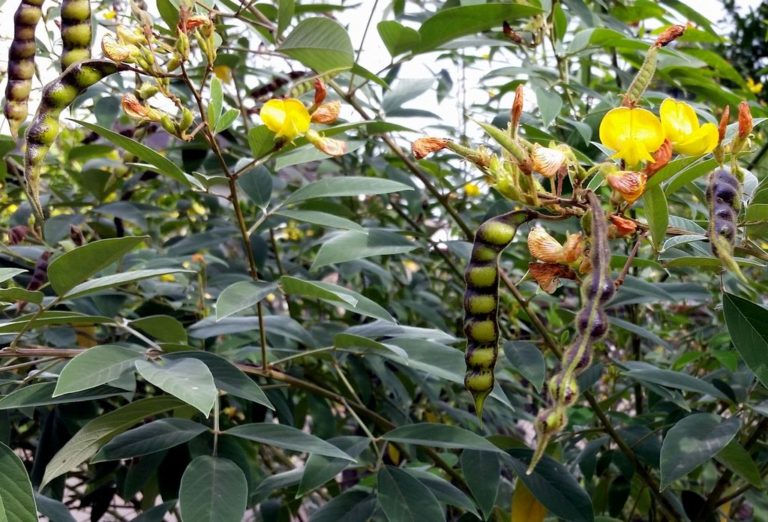Sissoo Spinach – The Heat-Loving Groundcover You Can Eat
When I first moved to the subtropics, I tried to grow traditional spinach with little success. The heat and humidity made for struggling spinach that seemingly bolted overnight.
I did a little research to find greens that grow well in heat and stumbled on sissoo spinach. I’m so glad that I did. This stuff is amazing, and insanely easy to grow.
What is Sissoo Spinach?
Sissoo spinach (Alternanthera sissoo) is a tropical plant that goes by many names: Brazilian spinach, Miami spinach, poor man’s spinach, Sambu, and Samba lettuce.
This is a low-lying, fast-growing perennial. It grows to be about a foot tall, and it spreads in a mat-like fashion. Because it spreads so quickly, a lot of people use sissoo spinach as an edible groundcover. It does great in the understory of larger plants and trees, and can also be used for edging walkways.
On paper, sissoo spinach is hardy in zones 10 through 12. There is a little bit of wiggle room, though – I live in zone 9B and grow sissoo spinach just fine. Every once in a while, I have to cover my sissoo spinach with a tarp if nighttime temperatures dip below freezing, but the sissoo doesn’t seem to mind
How to Grow Sissoo Spinach from Cuttings
Sissoo spinach doesn’t produce viable seeds, so you have to grow it from cuttings. The cuttings are easy to propagate – take a piece of sissoo spinach and remove the leaves from the bottom third of the stem. Stick the stem into the soil and water it in.
Sissoo spinach isn’t the most common plant. The best way to get started is to buy a live plant online and take cuttings from it once it’s established in your garden.
Do be aware that if left unchecked, sissoo spinach can take over a garden bed in a short amount of time. Give it lots of space or be prepared to prune it back on a regular basis.
Sissoo Spinach Growing Conditions
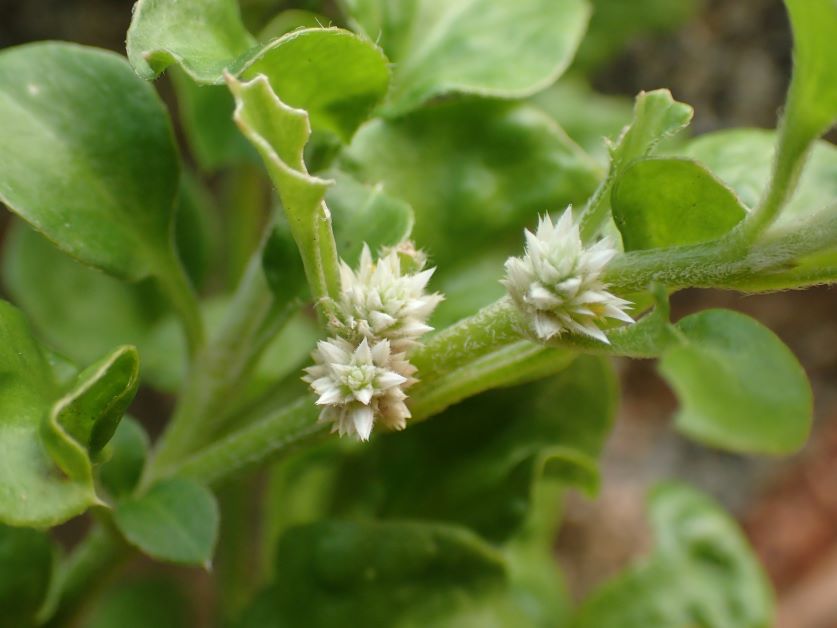 |
| Photo Credit: Yeoh Yi Shuen |
Temperature
Sissoo spinach is a tropical plant, so it needs high heat and humidity to thrive. In zones 9b-10+, it grows as a perennial. In cooler weather climates, it grows as an annual during the summer months.
Light
One of the best things about sissoo spinach is that it’s shade tolerant. It grows quickly in full to partial sun but does good in part to full shade, too.
Water
Although it’s a tropical plant, sissoo spinach doesn’t like to be waterlogged. Do the touch test before watering – stick your finger into your soil and if it’s dry for the first 2 or 3 inches, then it’s time to water.
Soil
Sissoo spinach isn’t overly picky, but it does prefer slightly sandy, loamy soil. The most important thing is that the soil is well-draining. Sissoo spinach can grow in soil that ranges from mildly alkaline to mildly acidic.
Fertilizing
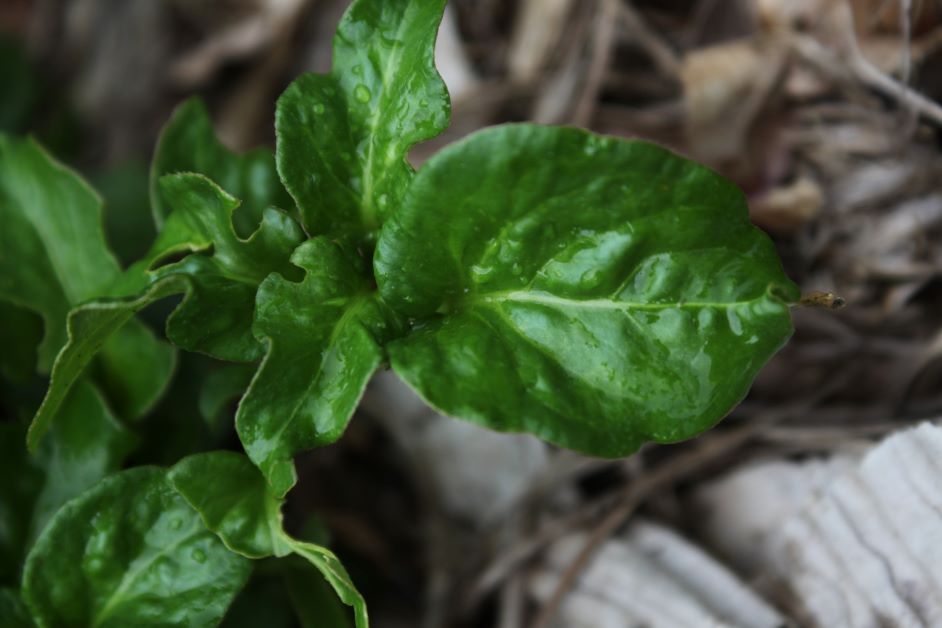 |
| Photo Credit: Paul Zink |
You don’t absolutely have to fertilize when growing sissoo spinach – it’s not a very demanding crop. For best results, you can amend your soil with compost about a week before planting. This is most important for those growing in sandy, infertile soil (like a lot of Floridians).
Once your sissoo is established, you can use organic 15-10-10 fertilizer. Follow the instructions on the label to make sure you’re giving your plants the right amount.
Can You Grow Sissoo Spinach in Containers?
Growing sissoo spinach in containers is a great option for gardeners living in cooler weather climates. Keep your sissoo spinach container outside during the summertime and bring it inside when the weather gets cold. Then, you can have sissoo spinach all year.
Sissoo spinach in a container is also a good choice for apartment dwellers and balcony gardening, too.
I like to use a 22-inch container for my sissoo spinach. Using a big pot will let your plant spread so you can get a bigger harvest.
Harvesting Sissoo Spinach
Harvest sissoo spinach often for faster growth.
Sissoo Spinach Pests
Slugs

Slugs and snails love leafy greens, sissoo spinach included. Check out my guide to organic slug control for more information on how to fight this slimy pest.
Aphids
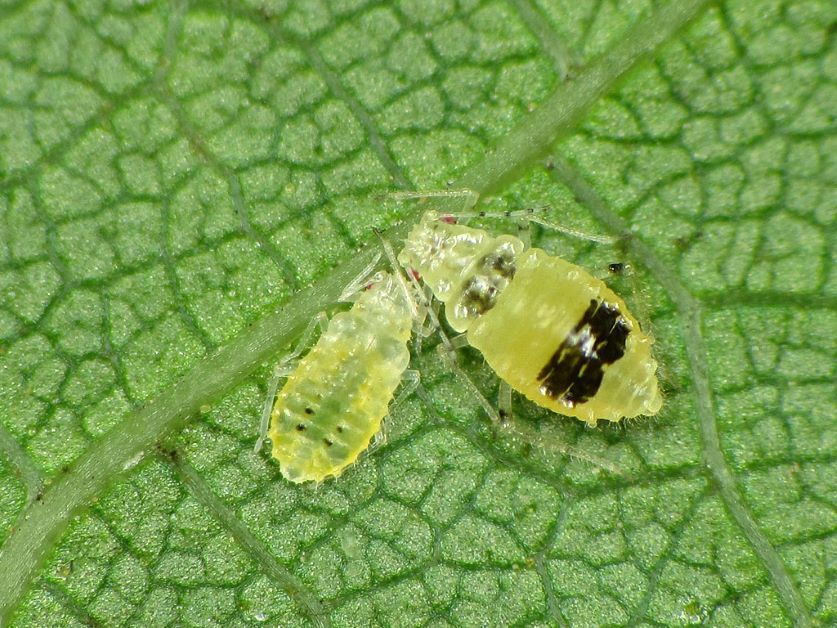
Sissoo spinach has crinkly leaves that give aphids plenty of room to hide. Good thing I have a guide on organic aphid control to help you curb aphids before they become a full-blown infestation.
Can You Sissoo Spinach Raw?
Sissoo spinach can be eaten raw or cooked. Cook sissoo spinach just like you would traditional spinach. Quickly sautee it in a hot pan with olive oil and salt, or chop it up and throw it in recipes that call for spinach or greens.
If you want to eat a lot of it in one sitting, experts say that you should cook sissoo spinach because of its high oxalate content. Most leafy greens have a high level of oxalates, including traditional spinach. This can cause problems for those who are prone to kidney stones. People around the world eat it fresh in salads with no problems, though, so don’t be too afraid. When in doubt, ask your doctor.
What Are the Best Greens to Grow in Florida?
You need to be selective when growing leafy greens during the summer. Most traditional lettuces and spinach get bitter and bolt when the weather is too hot.
The best way to guarantee summer green success is to grow tropical plants. To learn more about other greens that grow in hot weather, check out my article 18 Best Greens to Grow in Florida During Summer.
First photo credit: Ian Dunbar-Reid

